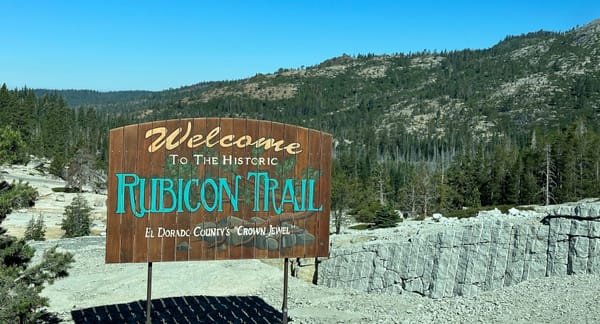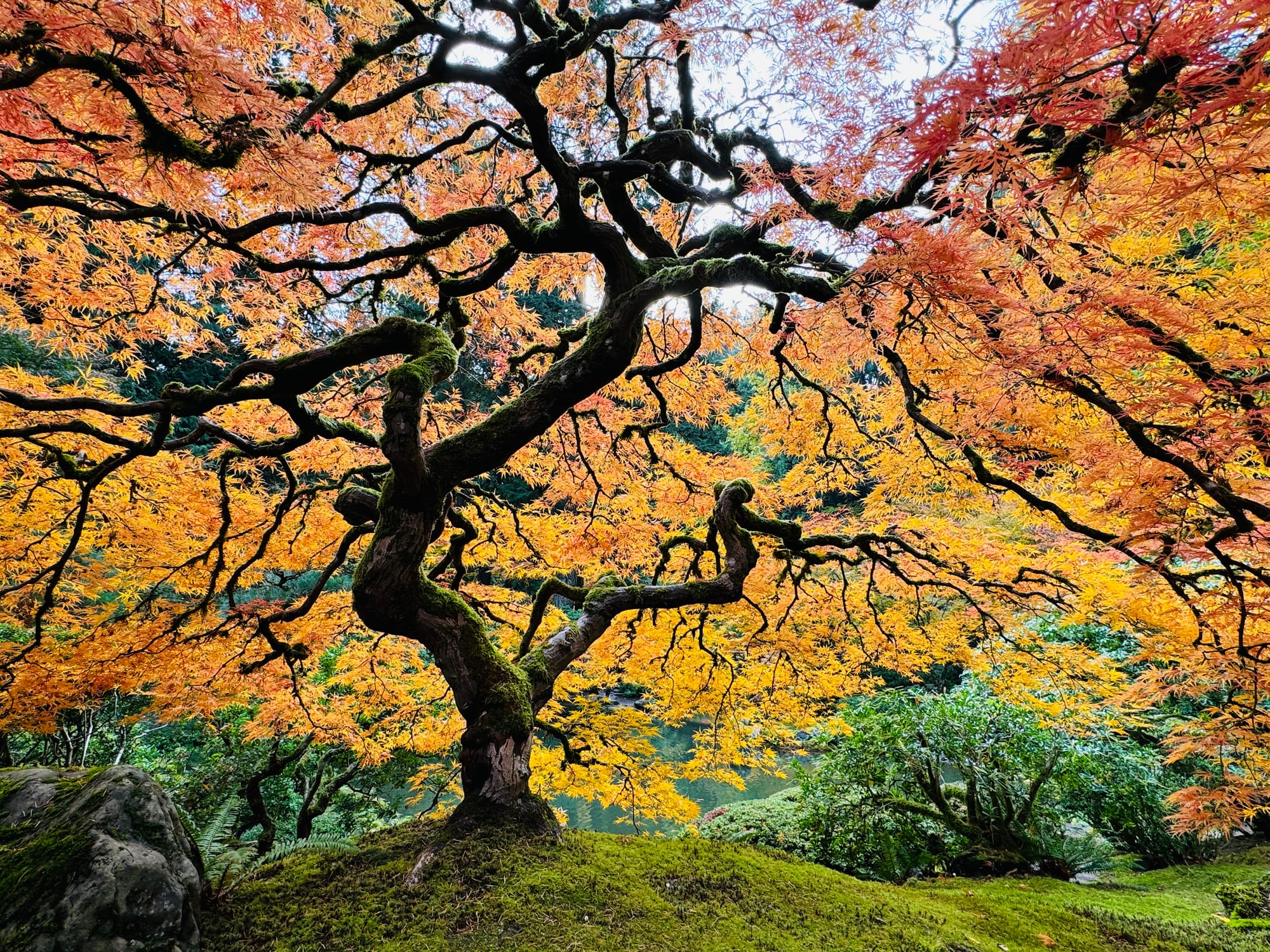If you live in the Pacific Northwest and ever wondered how the varied terrain got to be the way it is, this video is a concise, fascinating 18 minute deep-dive into the last ice age from 17,000-10,000 years ago and how today we can still see clues all

